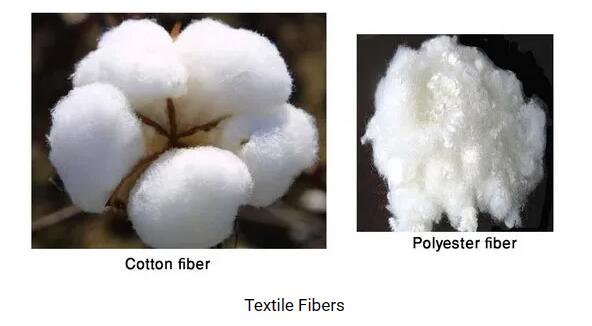-
What is the outlook for Türkiye's cotton production and textile industry after the earthquake?
Edited by:Read:According to the latest report released by the U.S. Agricultural Counselor, the earthquake on February 6, 2023 severely damaged the Kahramalas region, the center of Turkish cotton yarn and textile production, but the Turkish textile industry is currently in the process of recovery. In 2023/24, due to the decline in cotton prices and insufficient income from cotton planting this year, the cotton planting area in Turkey is expected to decrease. Cotton production is expected to be 735,000 tons and consumption is expected to be 900,000 tons.

Kahramaras Province is the largest cotton yarn producing area in Turkey, followed by Gaziantep Province, whose total cotton yarn production accounts for half of Turkey's national production. Affected by the earthquake, the production of many spinning mills is currently unsustainable. Some spinning mills need 2-3 months to restart production, others need more than six months to rebuild, and the most severely damaged ones need a year to recover. . In addition to plant equipment, the lack of personnel is also a major problem.
According to the report, Turkey's cotton planting area in 2023/24 is expected to be 420,000 hectares, a year-on-year decrease of 24.3%, and cotton production is expected to be 735,000 tons, a year-on-year decrease of 31%. The main reasons for the decrease in planting area this year are the drop in cotton prices, the continuous rise in production costs, and the continuous drought in cotton-producing areas. It is understood that after the earthquake, more arable land will be used to grow food crops to ensure the supply of food and fodder in the disaster area. However, due to the damage to the cotton mills in the disaster area, cotton farmers believe that the demand for cotton has decreased, and the cotton mills have no ability to purchase cotton in response to the disaster. cotton.
According to the report, cotton consumption in 2022/23 is expected to be 1.4 million tons, a decrease of 7% compared with the forecast in November last year. etc. have led to a reduction in cotton consumption.
In 2022, Turkey's garment exports will reach US$21.2 billion, a year-on-year increase of 5%, and textile and raw material exports will reach US$10.4 billion, a year-on-year increase of 4%, setting the largest growth in Turkey's textile and apparel industry. Overall, textiles accounted for 12.5% of Turkey's exports and were one of the most important components of the country's exports.
Turkey's yarn production capacity is about 8-8.5 million spindles, and its yarn production ranks among the top five in the world, and its garment production ranks sixth in the world. In 2023/24, Turkey's cotton imports are expected to be 900,000 tons, a year-on-year decrease of 12.5%, mainly due to the reduction in yarn production caused by the earthquake and the large amount of cotton carried over from the previous year. However, Turkish cotton is still in a state of insufficient production and demand, and will continue to be the main force in the import market in the future. In recent years, Turkish textile mills have upgraded their equipment and technology, which has improved product quality and reduced production costs. In the long run, Turkish cotton consumption has a growing trend.
- 2024-04-19Paper ring compression strength tester standards
- 2024-04-19Cupping tester standards
- 2024-04-19Rubber and plastic tensile tester standards
- 2024-04-19Taber 1750 wear-resistant tester standards
- 2024-04-19Stone Chip Resistance Gravelometer standards
- 2024-04-18Diaper absorption speed tester standards
- 2024-04-18Diaper leakage tester technical indicators
- 2024-04-18Paint film impact resistance tester standards
- 2024-04-18Low temperature brittleness tester principle
- 2024-04-18Battery separator permeability tester technical indicators



